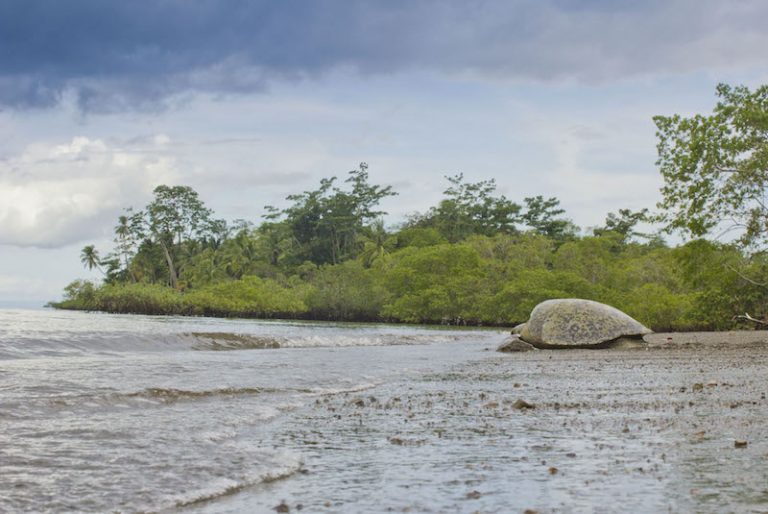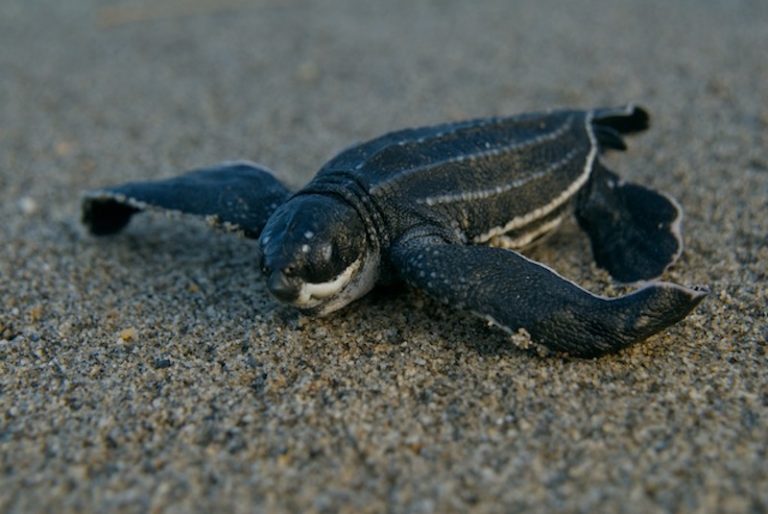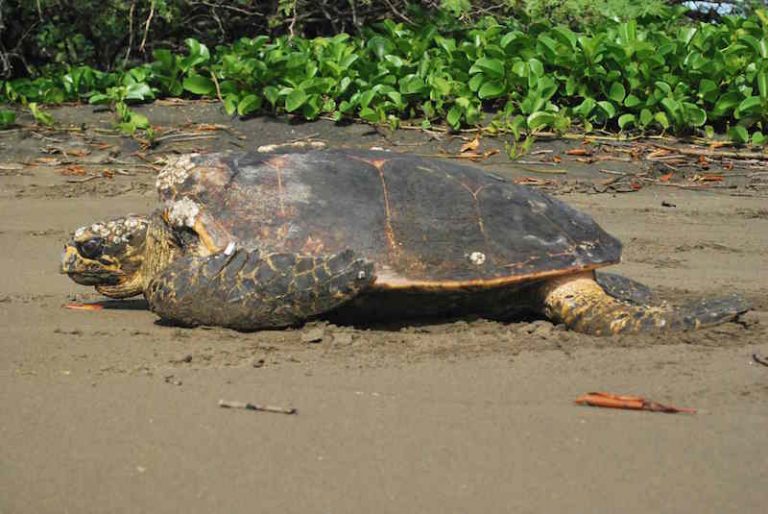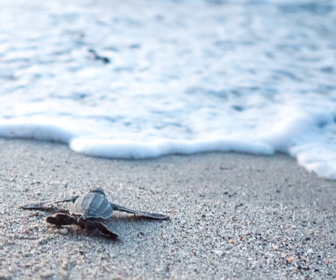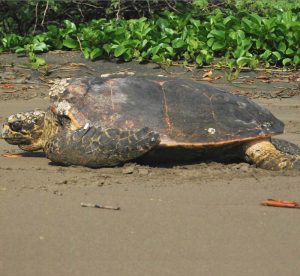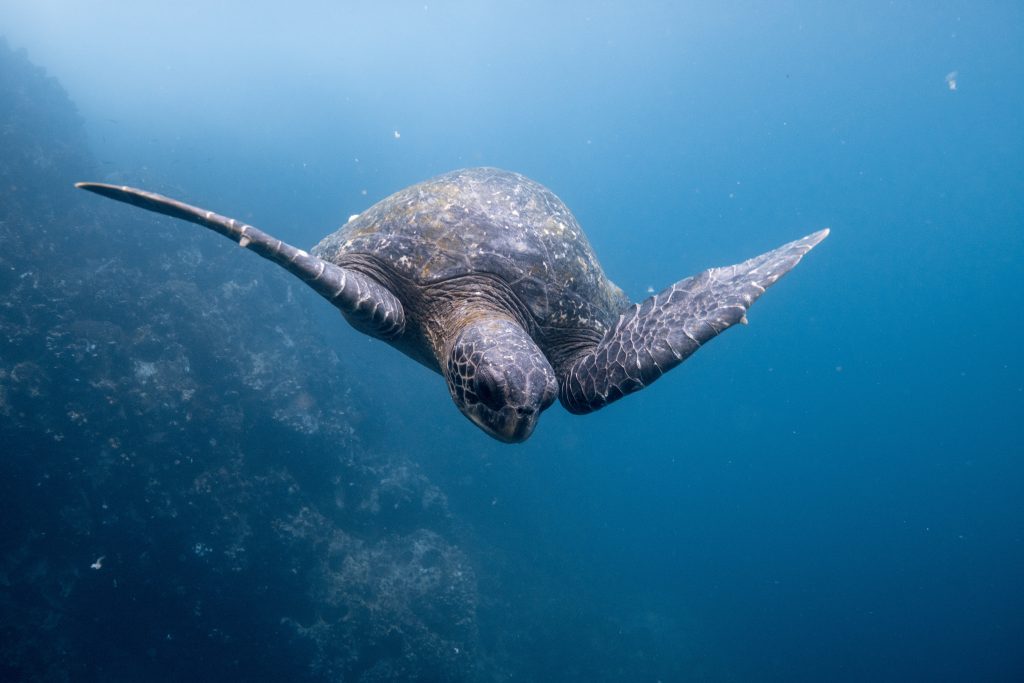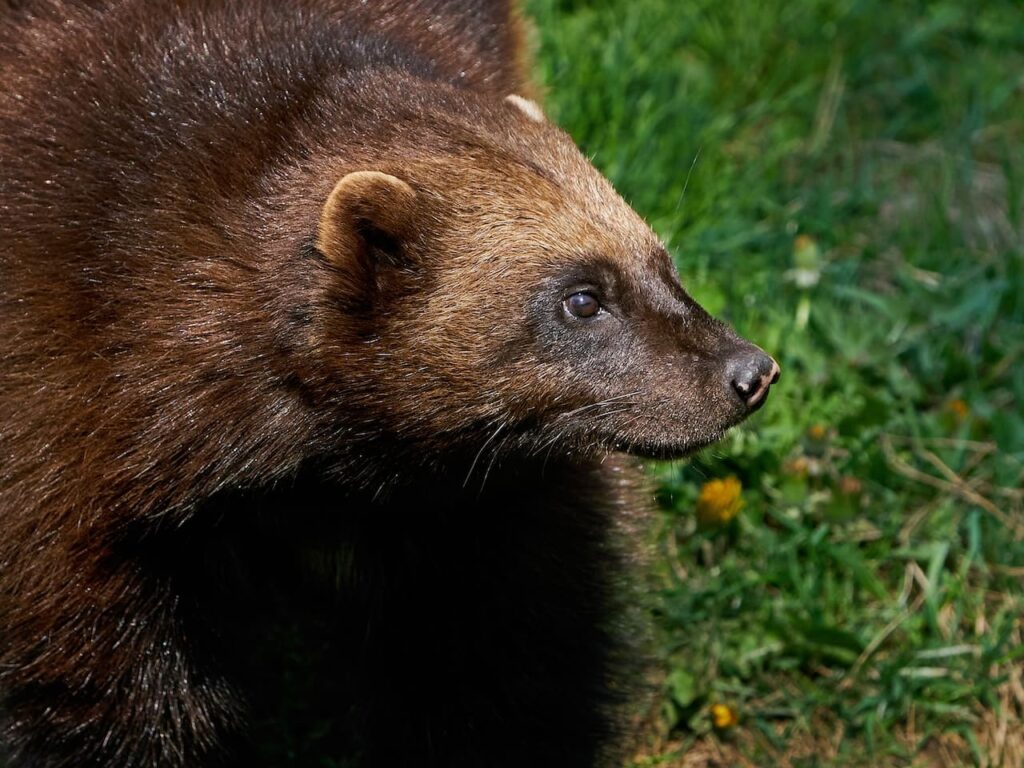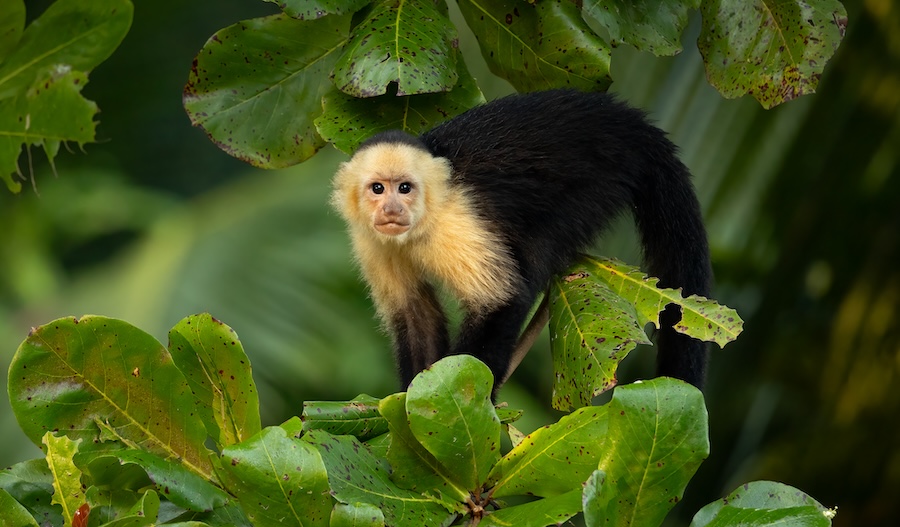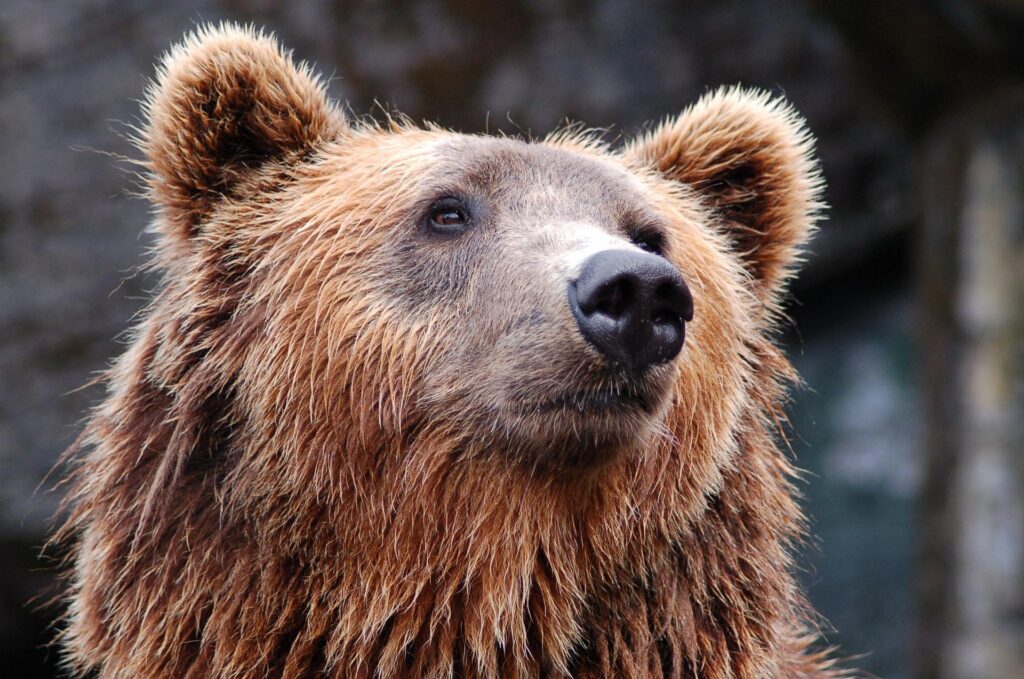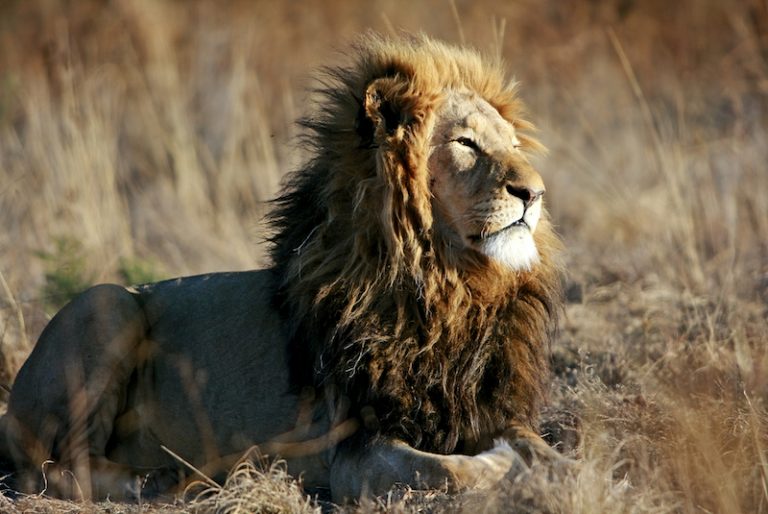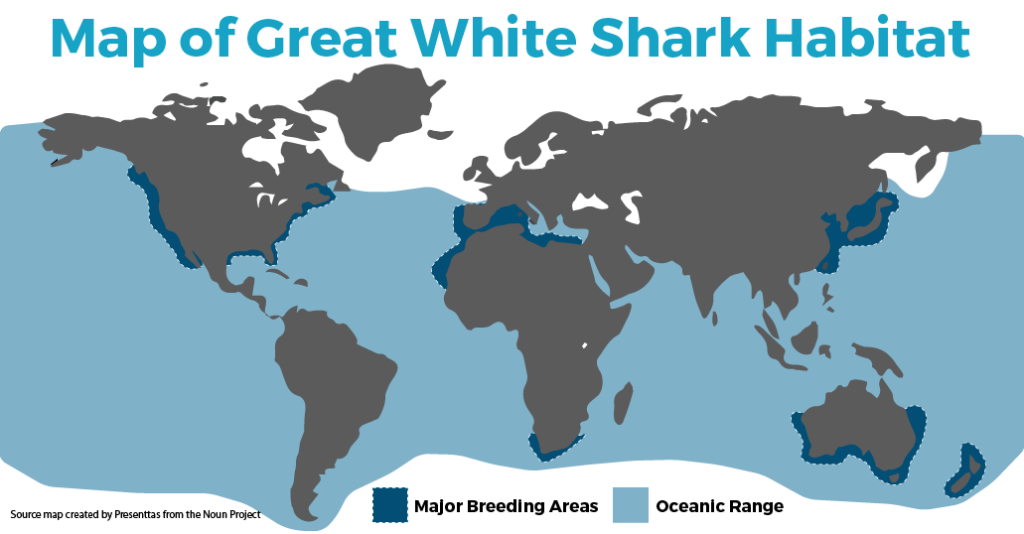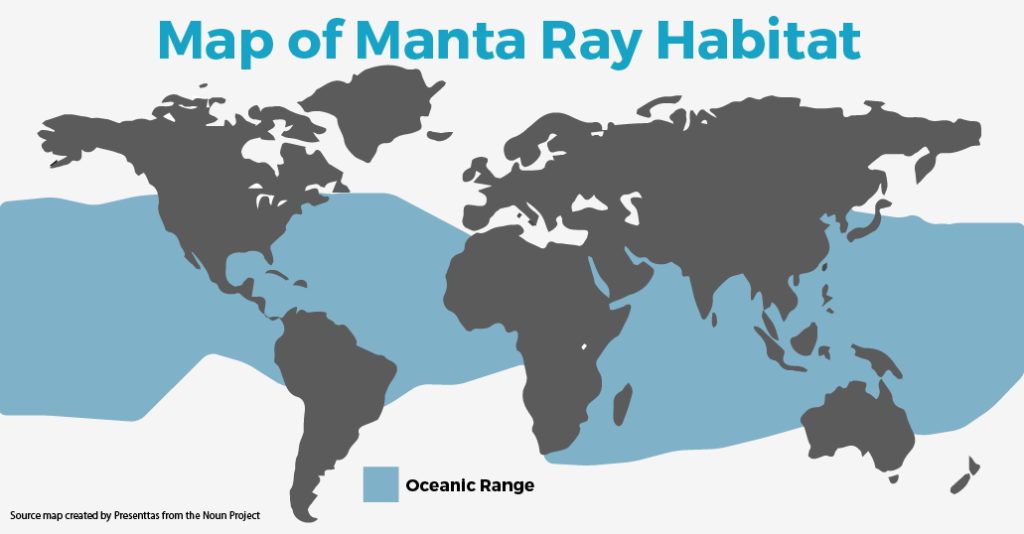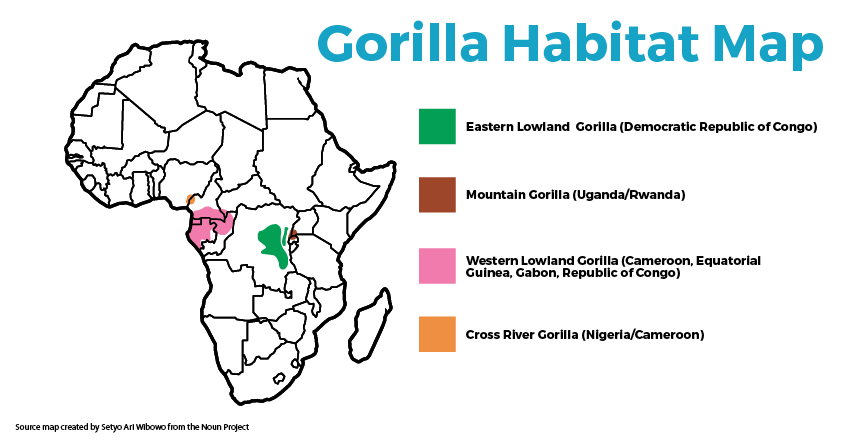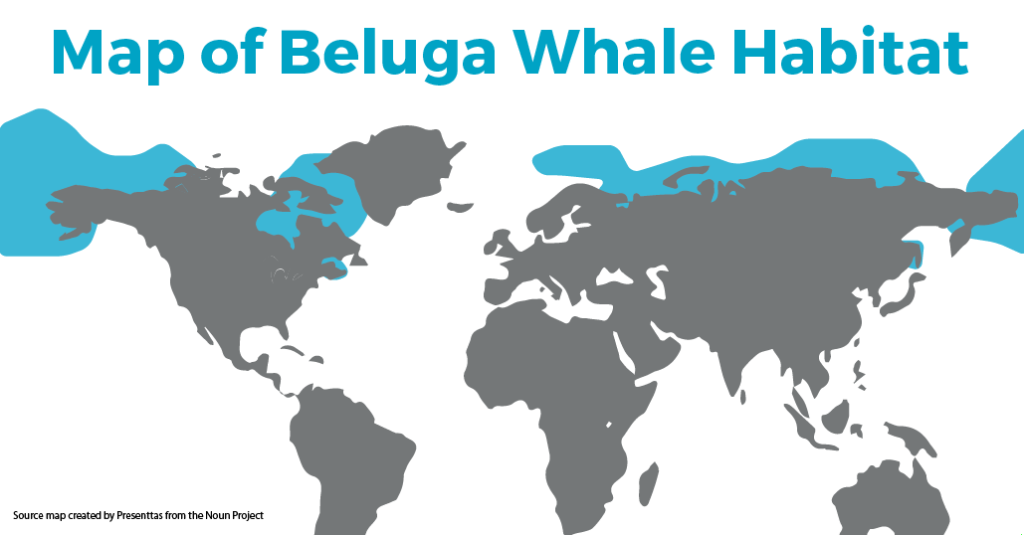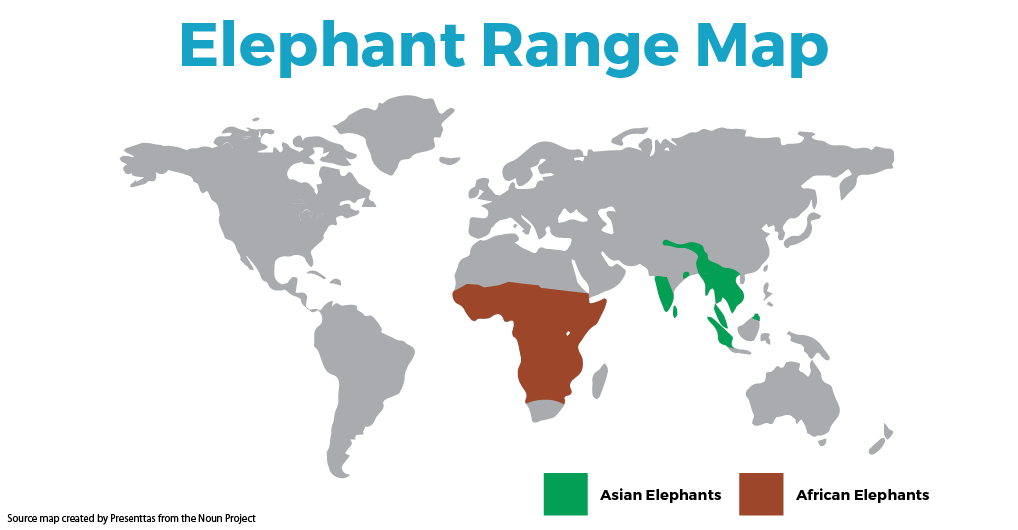Green Sea Turtle Facts
More About Green Sea Turtles
Green turtles are the second largest of sea turtles, weighing up to 500 lbs. and reaching 4 feet long. These turtles are named not for the color of their shell but for their fat, as these are the turtles most consumed for food.
As adults, they are primarily grazers, feeding on sea grasses in shallow waters. Greens in the Pacific are known as black turtles and some researchers believe they are a different species, though most consider them a sub-species of greens.
When most people around the world see a sea turtles, its most likely a green. They are the turtles found most commonly around the Hawaiian islands and Costa Rica’s Tortuguero, the most important green turtle nesting beach in the Western Hemisphere, is the most visited turtle nesting beach in the world. They are the second largest sea turtle, averaging 3-4 feet long and weighing up to 500 lbs.
Green Turtle Facts & Tidbits
- In the Pacific ocean, green turtles are darker, leading to them being called ‘black turtles.’ Some biologists believe they are a different species but the general consensus is that they are a sub-species of green turtle, split from the Atlantic population when the Central American isthmus rose from the ocean.
- Their name comes not from the color of the shell but their fat, which colors ‘turtle soup’ green when cooked.
- As adults, green turtles are primarily herbivores, grazing on sea grasses in shallow waters. However, they are believed to be omnivores as juveniles.
Distribution
Greens are found in tropical and sub-tropical oceans around the world. Their primary nesting beaches are in Costa Rica, Oman, Florida, and Australia. They are commonly found in Hawaii’s waters and the US East Coast, the Virgin Islands, and Puerto Rico.
Status
IUCN Status: Endangered / Population Trend: Decreasing
Their primary threats are consumption of their meat and eggs, entanglement in fishing gear, and unsustainable coastal development.
Photo Credit: Hal Brindley

